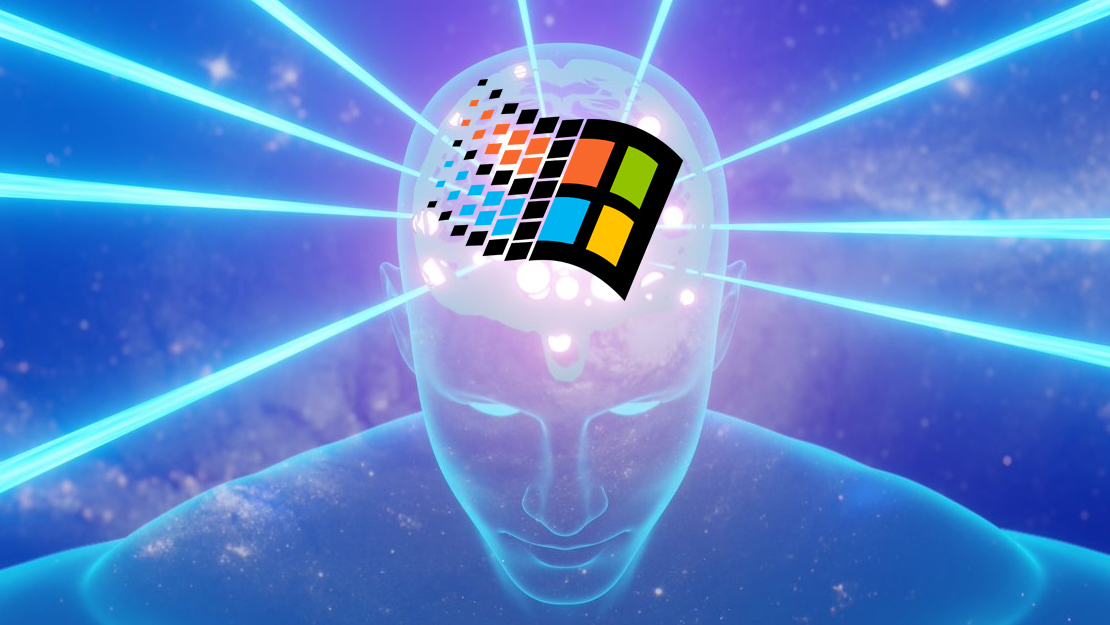Researchers discover way of layering graphene to mimic brain synapses
Yep, graphene might even be a human brain now. What can't it do?

"Holy shit"—me anytime a new discovery pertaining to graphene is announced.
What can this batshit substance do this time, is a very fair question to ask yourself as soon as you read the words graphene. If you're not familiar, graphene is essentially sheets of atom thin carbon in a lattice formation that gives it what can only be described as magical properties. Scientists have been doing research on it for a while now, and it's being used to create insanely fast and powerful batteries, sun sucking solar panels, and even tempting us with the promise of 100TB HDDs in the next decade.
This is because graphene is a material with incredible conductive potential and abilities. It's been a bit of a revolution in the tech space, but we're still largely waiting to see it hit mainstream devices. As more testing is done, scientists seem to keep discovering amazing potential with graphene, and this new discovery, thanks to researchers at MIT, may just change our perception of this substance once more. It might even be the key to making brain-like computers, like Intel's efforts for the Loihi 2.
As it turns out, graphene isn't just an excellent conductor, but it can also be convinced to become ferromagnetic. This means graphene can be coerced into a magnetic state that it can retain even without a magnetic field. This is cool in itself, but is enhanced by the discovery that this can also be turned on and off.

Best gaming mouse: the top rodents for gaming
Best gaming keyboard: your PC's best friend
Best gaming headset: don't ignore in-game audio
When it comes to atom thin materials like graphene, or say, crystals grown on silicon, the way they're aligned and stacked can have a huge effect on the end result. So much so that one particular way of layering graphene is now known as the magic-angle. This kind of atom-small angling work is also known as twisted electronics or twistronics. For this discovery, researchers were working to align two stacks of hexagonal graphene layers between two slices of boron nitride to increase the strength of the graphenes magnetic force.
While playing with the alignment, researchers discovered a new way of layering the substances to a very unique effect. Rather than simply creating a stronger magnetic field, they found they can turn graphene's superconductivity on and off with electrical pulses. This occurred when the top layer of boron nitride and two graphene slices aligned, while the bottom layer of boron nitride was at an angle. The overall look is described as a lopsided sandwich. I kinda want to feed one to my Miraidon in Pokémon Violet.
“For the vast majority of materials, if you remove the electric field, zzzzip, the electric state is gone,” says Jarillo-Herrero, who is the Cecil and Ida Green Professor of Physics at MIT. “This is the first time that a superconducting material has been made that can be electrically switched on and off, abruptly. This could pave the way for a new generation of twisted, graphene-based superconducting electronics.”
The biggest gaming news, reviews and hardware deals
Keep up to date with the most important stories and the best deals, as picked by the PC Gamer team.
Possibly the best part about this is that the researchers don't fully understand where this ability to be switched on and off is coming from. They are fairly sure it's to do with this twisted alignment and the boron nitride. Still, the ability to turn graphene into a persisting superconductor is huge, let alone having it switch states on a whim.
“People are trying to build electronic devices that do calculations in a way that’s inspired by the brain,” Jarillo-Herrero says. “In the brain, we have neurons that, beyond a certain threshold, they fire. Similarly, we now have found a way for magic-angle graphene to switch superconductivity abruptly, beyond a certain threshold. This is a key property in realizing neuromorphic computing.”
Of course, MIT isn't the only place with their eyes looking to the future of brain-computing. Dr Mark Dean, better known for breaking the 1GHz clock speed, is working on neuromorphic computing. These are silicon based, and are designed to mimic synapses firing, which it sounds like these graphene switches could be great for. With companies like Samsung looking to get a human brain pasted onto an SSD, it looks like graphene might end up being the answer to all of those questions.

Hope’s been writing about games for about a decade, starting out way back when on the Australian Nintendo fan site Vooks.net. Since then, she’s talked far too much about games and tech for publications such as Techlife, Byteside, IGN, and GameSpot. Of course there’s also here at PC Gamer, where she gets to indulge her inner hardware nerd with news and reviews. You can usually find Hope fawning over some art, tech, or likely a wonderful combination of them both and where relevant she’ll share them with you here. When she’s not writing about the amazing creations of others, she’s working on what she hopes will one day be her own. You can find her fictional chill out ambient far future sci-fi radio show/album/listening experience podcast right here. No, she’s not kidding.

